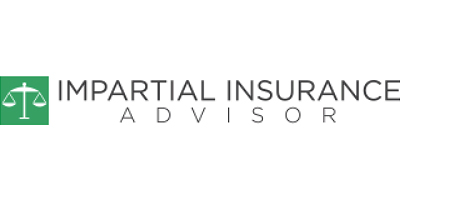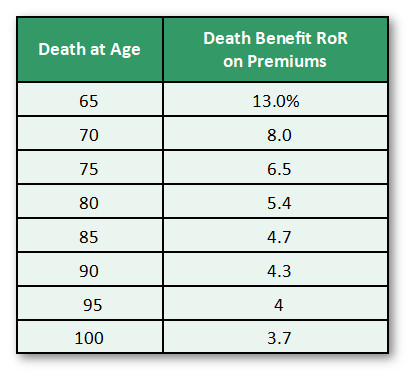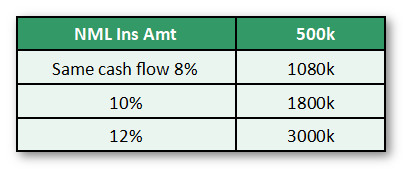Worst Case in a Long Time Why Consumers Need Impartial Advice
I recently got a call from a mom and adult daughter, neither married, who had had equity no-load mutual funds within IRA’s. They got spooked during the volatile first quarter of 2016, heard a fellow on the radio promoting a strategy “safe from the stock market”, and jumped out of the frying pan into the fire.
Commission-driven Recommendations:
Asserting he wants to do what’s best for the client, this financial “expert” encouraged Mom, age 70, to roll her IRA to an Athene annuity to fund an IRA, which some liken to wearing a raincoat indoors. A tax shelter within a tax shelter is redundant and carries unnecessary fees. It’s an equity indexed annuity guaranteed to not lose in stock market decline and participate in the market up to 3% per year. If the S&P goes up 10%, she gets 3%, and if it goes down 10% she loses nothing. There are better ways to address risk, but it is emotionally appealing.
The commission creates enormous surrender fees, 10% declining by 1% per year over 10 years. She avoids possible stock market loss but pays sure transaction costs while limiting growth dramatically. The agent argues that the surrender fees vanish if she keeps it long enough (true), but all that while she is missing equity opportunity which has also historically been surer when one commits to the market for 10 years (the time it takes to avoid annuity surrender penalties).
His recommendations were worse for the 40-year old daughter: a $450k Minnesota Mutual Flexible Premium Universal Life Insurance plan for which she pays $50/month and has made two additional $11,000 payments and is scheduled to make two more. It has some long-term care benefits which confuses comparison.
The daughter has no kids, makes less than 25k/yr, and lives with her mom who is 30 years older– hardly a case that warrants that size policy. Daughter can’t afford (out of her salary) those premiums anyway.
Understanding what you have:
Rarely do consumers comprehend the inner workings of such a policy, so we conference-called Minnesota Mutual to find she’s charged $152/mo within the policy. The cost above her $50/mo payment is coming from her surrender value (which came from the two $11,000 payments). So she’s got an $1800/yr subtraction to what’s (already) inferior investment growth within the policy.
Minnesota Mutual sales literature says this:
The primary purpose of life insurance is to give you a means of support after the death of a provider…
Another aspect of permanent life insurance is that it can grow cash value …
Minnesota Mutual publishes proper advice, but the agent promotes it improperly, and consumers listen better to a persuasive agent than they read a sales brochure.
The agent does not recommend what’s usually appropriate, a Roth IRA. But that’s not the worst of it.
Using life insurance policy as an investment is rarely a good idea. Aside from that, how will she come up with two more 11k annual payments making 25k per year? By tapping assets… but all she has is her IRA. The agent had her make an early IRA withdrawal two years! The client didn’t know it was taxable until she got a bill from the IRS for $3267: $1687 for federal tax @ 15%, $1125 early withdrawal penalty @ 10%, $118 of interest, and a $337 “substantial tax understatement penalty”. I asked the agent how she’s supposed to pay that, to which he replied, “a policy loan” (from the policy she did not need).
At this point she has paid $50/mo for 28 months or $1400 + two payments totalling $22,550 equals $23,950 lifetime premiums. The $152/month charges and surrender penalties reduced her cash surrender value to $9,946 less the $3267 due the IRS, nets a 70% loss from this “investment” designed to protect against stock market loss. The Subprime Mortgage crisis wasn’t that bad. The agent defends it saying if she keeps it for decades she can avoid surrender fees. However, considering the $1800/yr internal costs and missed earnings opportunity, that’s smoke and mirrors.
Noncommission-driven recommendations:
Here’s the new plan: The daughter is getting a $100k 10-year level term policy for about $150/yr. (I do not get a commission.) She and her mom have $8k of credit card debts, some as high as 8% and 14% which they’ll pay off with the cash value, then focus on their house mortgage @ 4.25%, to be debt free in 18 months. A dollar saved is a dollar earned, and those tax-free earnings also avoid stock market risk. Then they will dollar cost average into Roths, what they should have been doing all along.
After reviewing this with the agent, he paid the daughter $3000, about what she owed the IRS. This was a gesture of good faith, but nowhere near what she would have saved with objective advice upfront to avoid the mess altogether.


